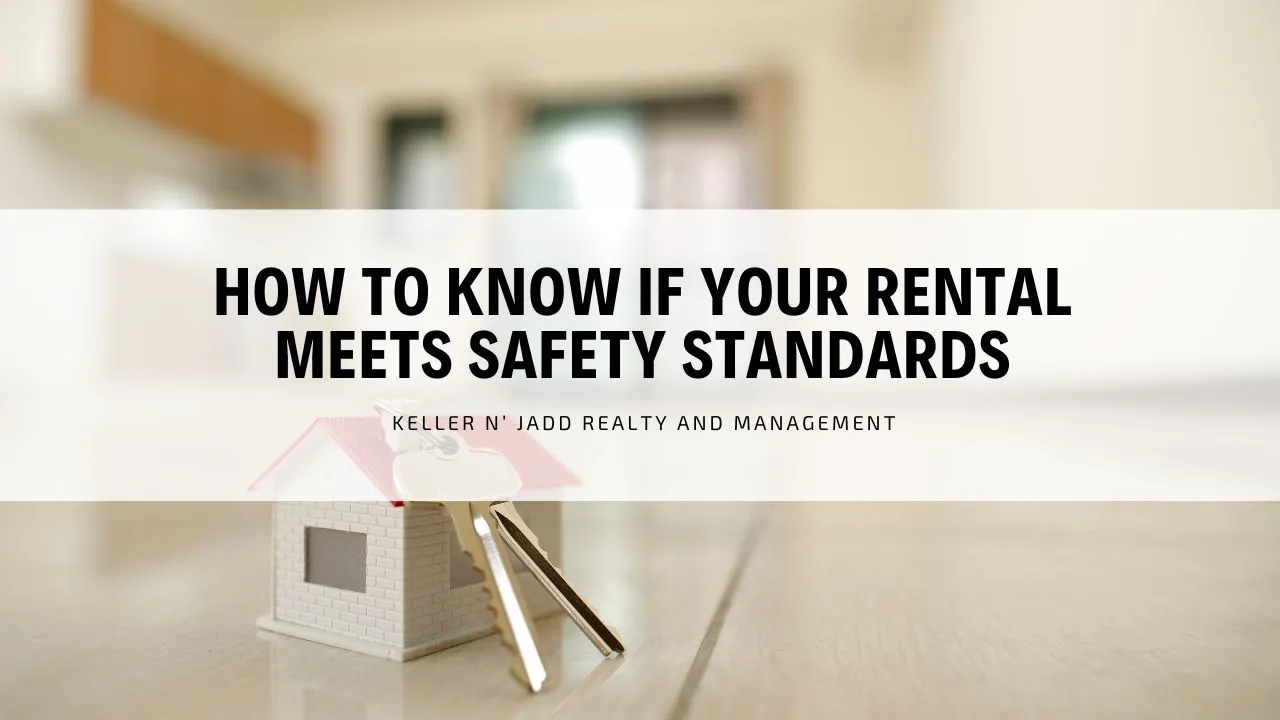Key Takeaways
- Safety Compliance is Essential: Meeting local and federal safety standards helps protect your tenants, avoid legal issues, and maintain your property’s value.
- Focus on High-Risk Areas: Regularly inspect electrical systems, plumbing, fire safety devices, and structural features to catch problems early and prevent costly damage.
- Long-Term Benefits for Landlords: Prioritizing safety improves tenant retention, boosts your reputation, and contributes to consistent rental income.
One of the fundamental responsibilities of a landlord is ensuring their rental properties meet safety standards. A safe environment not only supports tenant well-being but also improves rental or lease agreement retention and protects the value of your investment.
When renters feel secure, they are more likely to stay long term, reducing costly turnover and vacancy. Safety should never be treated as a one-time effort.
To stay compliant with federal, state, and local regulations, landlords must conduct routine inspections, proactively address issues, and implement preventive maintenance measures.Being consistent in these practices shields tenants from hazards while preserving the structural integrity of the property.
In this guide from Keller n’ Jadd Realty Management, we’ll break down the key safety standards every landlord should know to keep their rental in top condition.


